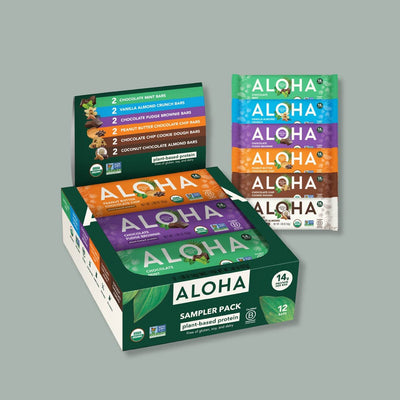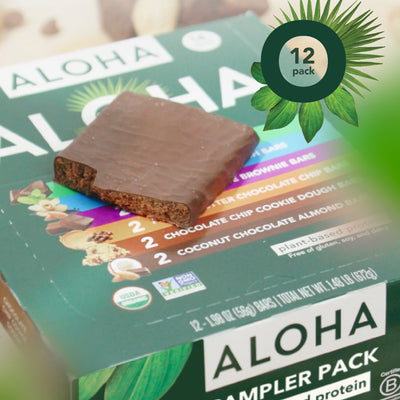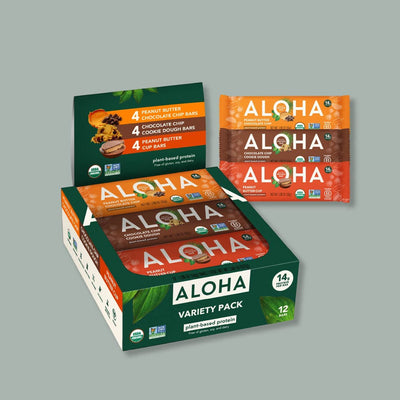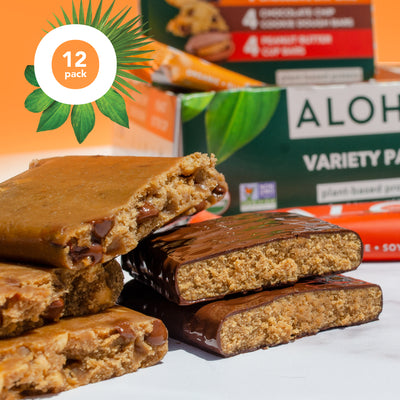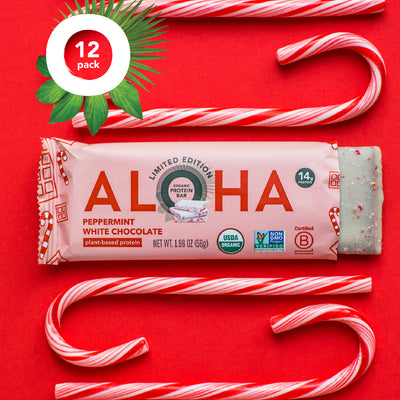Adding condiments to a meal is a great way to kick up the flavor. But not all condiments are made the same; many are surprisingly loaded with calories, sugar, artificial ingredients, and sodium. Here’s what you need to know about the condiments to avoid and the ones to stock up on.
THE 7 WORST CONDIMENTS
1. Soy Sauce.
Soy sauce is low in calories and sugar, but it’s loaded with sodium and of course, soy! Soy is one of the world’s most commonly genetically modified foods, especially soy grown in the U.S.
When consumed in large quantities soy sauce can interfere with digestion and can mess with hormones. Tamari, liquid aminos, and coconut aminos make great substitutes. If you are committed to soy sauce, go with an organic, low-sodium version.
2. Ketchup.
Ketchup is relatively low in calories, but loaded with sugar and artificial ingredients. A better option is a low-sugar, organic ketchup—or better yet, make your own! Ketchup made from fresh tomatoes and basic spices adds a small amount of lycopene, an antioxidant, to a meal.
3. Agave Nectar.
Agave nectar is a sweet syrup made from the agave tequiliana plant. It has a healthier reputation than cane sugar, but agave’s marketing hype is misleading. Although agave is largely considered to be lower on the glycemic index, in reality it is not healthier or lower in sugar than other processed sweeteners.
Agave is surprisingly highly processed. Its naturally occurring juices, and nearly all nutritional value, is striped during the manufacturing process. It also contains more fructose than high-fructose corn syrup, which makes it extremely dangerous, especially for those with blood sugar problems!
4. BBQ Sauce.
Barbecue sauce tastes great with meat, but with about six grams of sugar for every 1-2 tablespoons, it is not worth it. To get all the same flavor without all that sugar, consider making your own with just a small amount of raw honey—or look for a low-sugar option.
5. Sweet Relish.
Take a look at the ingredient label on most sweet relishes - you will see artificial coloring, preservatives, and lots of sugar. What should be a straightforward condiment made using cucumber, onion, vinegar and a little sweetener usually has more than 10 processed ingredients. However, there are lots of organic, low-sugar options out there.
6. Mayonnaise.
Mayonnaise is commonly misunderstood. It’s not the fat content (which comes from egg yolks and oil) that’s the issue, but rather the type of oil used. Most mayonnaise sold in grocery stores use refined and processed vegetable oils like sunflower, safflower, or canola oil. Stick with mayos that use extra virgin olive oil and cage-free organic egg yolks.
7. “Light” Salad Dressings.
When one thing is taken out (such as fat), another thing must be added (such as sugar, sodium, or artificial ingredients). They may be lower in calories, but they are also lower in nutritional value. Quality oils, like extra virgin olive oil, are great! Healthy fats absorb fat-soluble nutrients, while making you feel full and satisfied. One surefire way to avoid junky ingredients, while maximizing the nutrition content, is to make your own dressing!
THE 10 BEST CONDIMENTS
1. Apple Cider Vinegar.
With tons of uses, zero calories, and major health properties, make sure to stock your kitchen with ACV.
Eight Benefits of Apple Cider Vinegar:
- Full of probiotics
- Boasts antibacterial properties
- Aids acid reflux
- Lowers blood pressure
- Improves diabetes
- Supports weight loss
- Balances pH levels
- Boosting digestive health
2. Mustard.
Mustard seeds provide numerous phytonutrients and lots of flavor with hardly any calories at all. The ancient Chinese considered mustard seeds to be a natural aphrodisiac, and since then mustard has been shown to offer protection against tumor growth and DNA or cell mutation.
3. Natto or Miso.
Natto and miso are traditional Japanese fermented foods most commonly used in soups and sauces. Miso is a little high in sodium, but still has less than soy sauce—plus, it has additional benefits like antioxidant support. Natto and miso are probiotic foods high in nutrients like vitamin K. They are great for heart health, blood sugar control, and are good sources of protein.
4. Hot Sauce.
If you love spice, you are in luck! Hot sauce is a great source of capsaicin, a compound that increases the body’s fat-burning abilities. This plant compound gives hot peppers their signature heat and can be used for pain reduction and digestive relief. Capsaicin helps with reducing type 2 diabetes, cardiovascular disease, inflammation, weight gain, and cancer. When choosing a hot sauce, look for a quality brand that doesn’t contain artificial colors, preservatives, or flavors.
5. Raw Honey.
Raw honey is an excellent healthy alternative to cane sugar, but as with all sweeteners, it should be used in moderation.
Six Health Benefits of Raw Honey:
- Reduces allergies
- Improves acne
- Relieves cold and flu symptoms
- Aids digestion
- Fights infections and/or viruses
- Boasts antimicrobial and anti-inflammatory properties
6. Spices of All Kinds.
Spices are beaming with plant-derived phytochemicals—and given their accessibility and beneficial properties, you should use them as often as possible.
Eight Common Spices With Huge Benefits:
- Turmeric
- Cinnamon
- Sea salt
- Garlic
- Ginger
- Oregano
- Rosemary
Turmeric is widely loved for its anti-inflammatory and detoxification abilities. Together with black pepper, its phytonutrients are even more bioavailable and helpful for improved immunity, heart health, liver function, reducing arthritis symptoms, and aiding in joint and/or muscle tissue recovery.
Garlic, cinnamon, and ginger are also popular given their anti-inflammatory, antibacterial, and antiviral properties. Cooked or raw garlic is used to improve heart health, lower cholesterol, and help prevent blood clots. Cinnamon benefits blood sugar control and reduces pain in joints or muscle tissue.
High-quality sea salt provides dozens of important trace minerals and can bring out the flavors of your favorite foods. Oregano, parsley, rosemary and thyme have been used medicinally for centuries as antioxidants, anti-inflammatories, and healers of respiratory, digestive, and hormonal issues.
7. Horseradish.
Horseradish’s strong flavor is an indication of its nutrient content. Horseradish has been shown to have certain antioxidant compounds that can help stop tumor growth. It’s also a natural sinus infection remedy. And with under 10 calories per tablespoon, and no added sugar, horseradish is an efficient way to punch up a meal.
8. Sauerkraut.
Sauerkraut’s fermentation process makes for lots of gut-friendly probiotics. Probiotic foods produce live active cultures that help increase good bacteria in the gut. You can even treat candida with fermented vegetables! Canned sauerkraut won’t have “live” probiotics, so pick one that has been refrigerated and unpasteurized.
Five Benefits of Good Bacteria:
- Appetite control
- Better digestion
- Improved immune function
- Brain function
- Hormonal control
9. Salsa.
While fresh homemade salsas are your best option to reduce sodium and preservatives, there are many store-bought brands available that feature basic, quality ingredients like nutrient-rich tomatoes, onion, jalapeños and spices.
10. Hummus.
A staple in the Mediterranean and Middle Eastern for centuries, hummus is both a condiment and a real food. Hummus ingredients (beans, olive oil, lemon, and garlic) are all heart-healthy and strong anti-inflammatory foods—and inflammation is the root cause of many chronic diseases.
Photo credit: iStock


